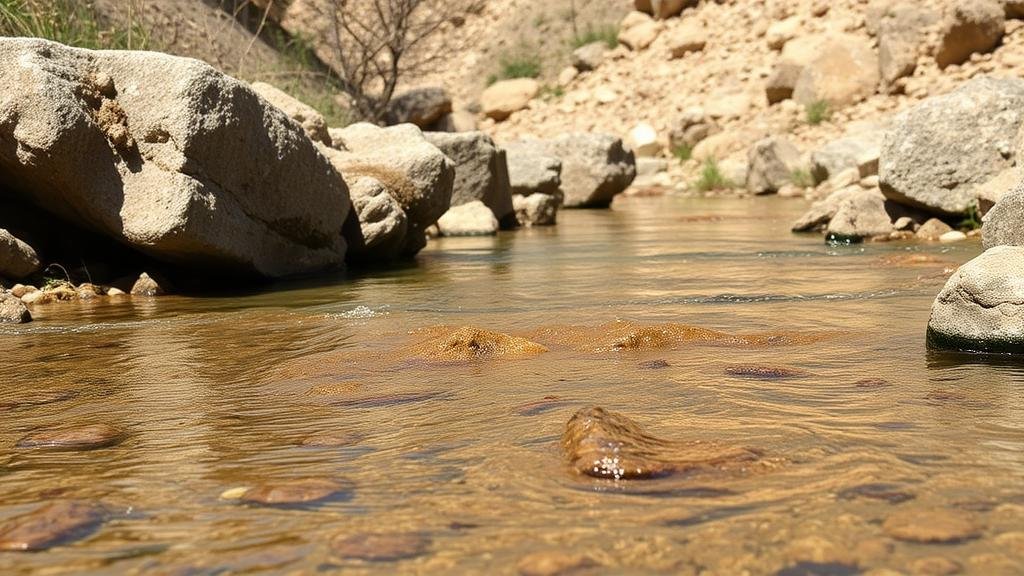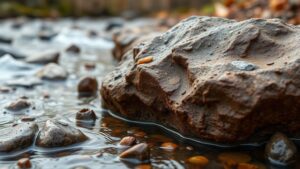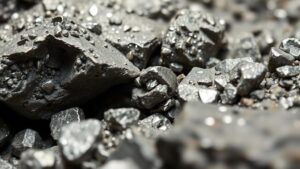Recovering Fine Gold From Loose Sediments in Sandy Streams
Recovering Fine Gold From Loose Sediments in Sandy Streams
Recovering fine gold from loose sediments in sandy streams is a process that has captivated treasure hunters and geologists alike. This article explores the methodologies, tools, and techniques involved in this delicate operation. Understanding these principles not only enhances the efficiency of gold recovery but also promotes sustainable practices in the field of amateur and professional mining.
Understanding the Geography and Geology
Before diving into techniques for gold recovery, it is essential to consider the geological and geographical conditions that contribute to gold deposition. Gold is often found in alluvial deposits, which form when water erodes gold-bearing rocks and transports fine particles downstream.
In sandy streams, the sediment often consists of a mix of fine gold flakes, silt, sand, and gravel. Identifying locations where gold is likely to accumulate requires understanding the dynamics of water flow and sedimentation. For example, fine gold tends to settle in areas where water slows down, such as bends in the river, behind rocks, or in natural riffles.
Tools and Equipment
Various tools are essential for effectively recovering fine gold from loose sediments.
- Pans: Gold pans are the most traditional and widely recognized tool for gold recovery. allow users to manually sift through sediments to isolate heavier materials, including gold.
- Sluice Boxes: These devices take advantage of the flow of water to separate gold from sediments. The sluice box creates a small stream where gold settles behind obstructions, allowing lighter materials to wash away.
- Gold Cube: This innovative device uses a series of stacked trays and a pumping system to efficiently process larger volumes of material than traditional methods.
- Hydraulic Equipment: In some cases, using a high-pressure water system can further facilitate the separation process, especially in more compacted materials.
Techniques for Fine Gold Recovery
Recovering fine gold requires specific techniques designed to optimize efficiency while minimizing waste. Some popular methods include:
- Gravity Separation: This is the foundational principle behind most gold recovery methods. By exploiting the density differences between gold and lighter materials, practitioners can pan for gold effectively.
- Wet Processing: Utilizing water to separate particles is crucial when dealing with sandy environments. Keeping materials moist prevents fine gold from being lost due to static or wind.
- Concentrating Techniques: Using materials such as black sand, which have a higher affinity for gold, can improve recovery rates. This method involves trapping these heavier concentrates for further refinement.
Challenges and Considerations
Despite its allure, recovering fine gold from sandy streams does present various challenges:
- Environmental Impact: Disruption of stream habitats can have detrimental effects on local ecosystems. Practitioners are encouraged to employ methods that minimize disruption and follow local regulations.
- Volume of Material: The fine nature of the gold means larger amounts of sediment need to be processed for a viable yield, requiring considerable time and effort.
- False Negatives: Fine gold can be easily lost if the recovery process isnt executed carefully. Proper technique and patience are essential.
Real-World Applications and Case Studies
Several case studies illustrate the successful recovery of fine gold in sandy streams. One notable example is the success of the Gold Rush era miners, who utilized simple panning and sluicing methods to recover significant quantities of gold from Californias stream beds. More recently, enthusiasts across the United States employ similar methods in places like the Rogue River in Oregon, where community guidelines promote responsible gold recovery as part of preserving the local environment.
Actionable Takeaways
For those looking to embark on the journey of recovering fine gold from sandy streams, here are key actionable takeaways:
- Study the geography and geology of your target area to identify potential gold accumulation spots.
- Invest in quality tools that suit your method of operation, whether it be panning or using a sluice box.
- Practice techniques that ensure maximum recovery while protecting the environment.
- Stay informed of local regulations governing gold recovery practices in your selected area.
By cultivating knowledge in these areas and using suitable techniques and tools, aspiring gold recoverers can enhance their chances of success while acting responsibly within their ecosystems.



